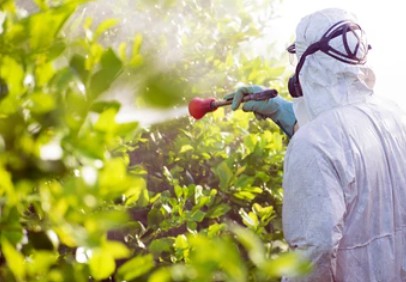Botanical photo-activated toxins are diverse and widely distributed. It can kill insects, inhibit bacteria, and prevent virus infection, which is a manifestation of plants' defenses in nature's long-term evolution. The development of this class of pesticides can effectively control the harmful effects of pests and alleviate the environmental pressure caused by many chemical and synthetic pesticides.
Lifeasible is committed to providing various effective solutions for biopesticide development. Our in-depth research on botanical photo-activated pesticides will help promote the development of pesticide research. We will provide theoretical value and application prospects for pesticide development.

Compared to traditional pesticides, botanical photo-activated pesticides have many incomparable advantages to their traditional counterparts, including the following.

Lifeasible has a clear advantage in the development of plant-derived biopesticides. Through our comprehensive and effective solutions, we have been instrumental in helping numerous research efforts to develop green pesticides that are truly efficient against pests and non-polluting to the environment. If you are interested in us, please feel free to contact us.
Lifeasible has established a one-stop service platform for plants. In addition to obtaining customized solutions for plant genetic engineering, customers can also conduct follow-up analysis and research on plants through our analysis platform. The analytical services we provide include but are not limited to the following:
Get Latest Lifeasible News and Updates Directly to Your Inbox
Adaptive Evolutionary Mechanism of Plants
February 28, 2025
Unraveling Cotton Development: Insights from Multi-Omics Studies
February 27, 2025